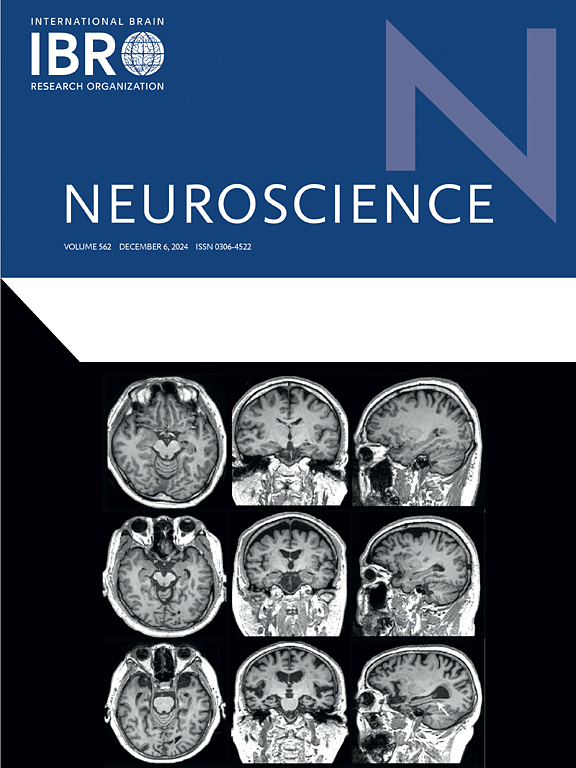有毒喷雾剂,脆弱的大脑:评估农药暴露和神经发育差异。
IF 2.8
3区 医学
Q2 NEUROSCIENCES
引用次数: 0
摘要
农药广泛用于农业和家庭用途。然而,它们的使用引起了人们对潜在健康风险的担忧,尤其是对儿童等弱势群体及其神经发育的担忧。这篇综述强调了农药暴露给儿童的常见途径,暴露期对神经发育障碍的影响,这些农药可能的表观遗传修饰,以及暴露的差异。常见的接触途径包括口服摄入、接近涂抹部位和产前接触。接触某些农药,如有机磷、有机氯和拟除虫菊酯,与自闭症谱系障碍(ASD)、注意力缺陷/多动障碍(ADHD)和认知功能障碍有很强的联系。农药暴露的时间在决定神经发育结果的严重程度方面起着关键作用:产前暴露于农药是最关键的,特别是在妊娠的前三个月和晚期,而产后暴露,特别是在幼儿期,也会增加风险,尤其是多动症。产前暴露于有机磷酸盐和氨基甲酸酯改变了标准的细胞机制和线粒体功能。接触拟除虫菊酯和有机磷也与患有脆性 X 信使核糖核蛋白基因置换的儿童的认知障碍有关。我们强调了不同人群在农药暴露方面的差异,例如社会经济背景较低的人群和少数民族社区。我们强调,农药的影响不仅仅是生物性的;社会和环境因素的相互作用也影响结果的严重程度。需要开展更具包容性的研究、制定监管政策和量身定制的风险评估,以解决此类不平等问题并减少风险敞口。本文章由计算机程序翻译,如有差异,请以英文原文为准。

Toxic sprays, fragile brains: assessing pesticides exposure and disparities on neurodevelopment
Pesticides are widely used for agricultural and domestic purposes. However, their use raises concerns about potential health risks, especially for vulnerable populations like children and their neurodevelopment. This review highlights the common routes of pesticide exposure for children, the consequences of the exposure period on neurodevelopmental disorders, the possible epigenetic modifications of these pesticides, and the disparities in exposure. Common routes of exposure include oral ingestion, proximity to application sites, and prenatal exposure. There is a strong association between exposure to certain pesticides, like organophosphates, organochlorines, and pyrethroids, with autism spectrum disorder (ASD), attention-deficit/hyperactivity disorder (ADHD), and impairments in cognitive function. The timing of pesticide exposure plays a key role in determining the severity of neurodevelopmental outcomes: prenatal exposure to pesticides was most critical, especially during the first and third trimesters, while postnatal exposure, especially in early childhood, also increased risks, particularly for ADHD. Prenatal exposure to organophosphates and carbamates alter the standard cellular mechanisms and mitochondrial functions. Exposure to pyrethroids and organophosphates was also associated with cognitive impairment in children with permutation of the Fragile X Messenger Ribonucleoprotein gene. We highlight the disparity in pesticide exposure across various populations, such as those from lower socio-economic backgrounds and minority communities. We emphasize that the impact of pesticides is not solely biological; the interplay of social and environmental factors also influences the severity of outcomes. More inclusive research, regulatory policies, and tailored risk assessments are needed to address such inequities and reduce exposure.
求助全文
通过发布文献求助,成功后即可免费获取论文全文。
去求助
来源期刊

Neuroscience
医学-神经科学
CiteScore
6.20
自引率
0.00%
发文量
394
审稿时长
52 days
期刊介绍:
Neuroscience publishes papers describing the results of original research on any aspect of the scientific study of the nervous system. Any paper, however short, will be considered for publication provided that it reports significant, new and carefully confirmed findings with full experimental details.
 求助内容:
求助内容: 应助结果提醒方式:
应助结果提醒方式:


